- News
- Events
- Oneg Shabbat
- Collections
- Research
- Exhibitions
- Education
- Publishing Department
- Genealogy
- About the Institute
- Bookstore

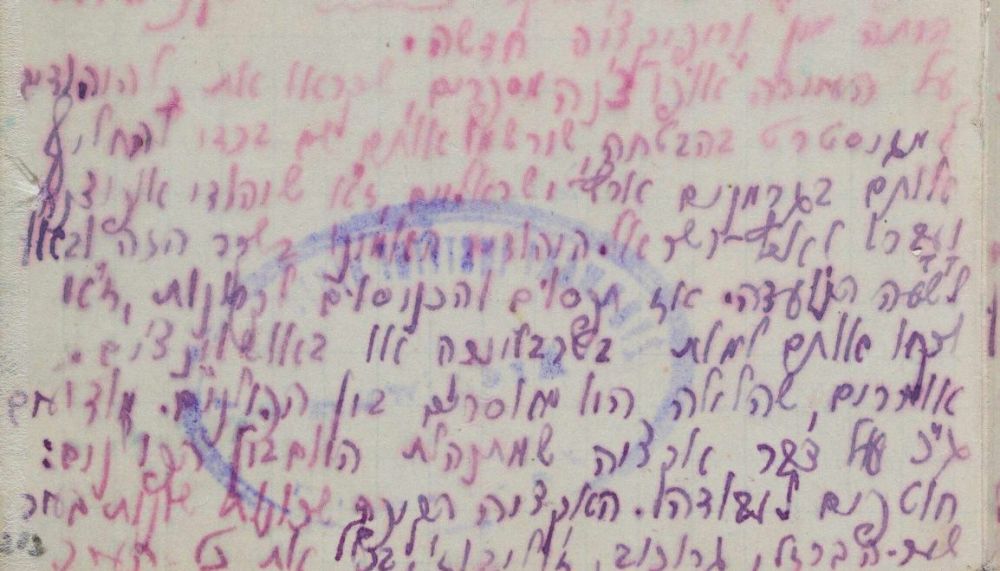
On 22 July 1942, Germans had begun the Great Deportation. As a result, about 300,000 people had been killed in the Treblinka II extermination camp. Over 11,000 had been sent to labor camps, more than 10,000 died or were killed in the ghetto, 8,000 managed to escape to the „aryan side”. [1]
In the Warsaw Ghetto remained a population of about 35,000 people sent to work in the workshops and about 20,000 „illegal people”, as Ringelblum wrote – people without numbers, those who according to the law should be at the Umschlagplatz, but yet they remain alive. [2] Warsaw Ghetto was turned into a giant labor camp, populated mostly by young people who had lost their loved ones and were aware that they would be next. They began to plan armed resistance. In Autumn 1942, they began to rebuild underground structures in the ghetto and to make contact with Polish resistance. [3]
The Germans had planned the beginning of the second stage of liquidation of the Warsaw Ghetto hetto for 18 January 1943, at 7:30 AM. The goal was to deport to Treblinka about 8,000 Jews without employment documents. They were looking for people staying illegally in the ghetto, but it proved to be impossible. As an act of passive resistance, people were failing to respond. In return, the Germans began to arrest random people on the streets in order to meet the planned deportation numbers. They have liquidated the last remaining ghetto hospital at 6/8 Gęsia street. 1170 people had been killed on the streets. Within four days, about 5,000 people were deported. [4]
For the first time, the Jews had responded with armed resistance. The struggle lasted for only four days, but – as Cywia Lubetkin recalled after the war — the German plan to deport all the remaining Jews of Warsaw to Treblinka was prevented. The Germans, meeting unexpected armed resistance, had suspended the deportations. It wasn’t a profit for them to pay with their own lives for the death of the Jews.
The combat was initiated by members of Hashomer Hatzair, who lived together at 61 Miła street. Resistance fighters from the Jewish Combat Organization, Marek Edelman and Cywia Lubetkin, recalled those events:
(...) On 18 January 1943, the ghetto was closed, the second stage of deportation began. This time, the Germans couldn’t accomplish their goals with impunity. Four barricaded combat groups had begun the first acts of armed resistance in the ghetto. The JCO had their „baptism of fire” in a street battle on the corner of Miła and Zamenhofa streets. We lose the best members of our organization. Miraculously, thanks to his heroic approach, the JCO commander Mordechaj Anielewicz managed to survive. It turned out that fighting in the streets cost us too much – we weren’t prepared. We weren’t properly armed. We moved underground. Four clashes took place inside houses: at Zamenhoffa 40, Muranowska 44, Miła 34, Franciszkańska 22. (…) — wrote Marek Edelman about the first acts of armed resistance in the Warsaw Ghetto. [5]
Cywia Lubetkin wrote more extensively about the „baptism of fire” in a street battle: In this uprising [the January uprising of 1943], two tactics had been applied. One of them was used by Hashomer Hatzair, led by Mordechaj Anielewicz. Members of the group, surprised at the beginning, let the Germans arrest them, then they mixed with the crowd and waited with concealed guns. When the Germans and their Ukrainian assistants began to lead people to the Umschlagplatz, an order to shoot was given. When the clashes began, members of the group were calling to the Jews: „Run away!”. They were too scared and disorientated, and instead of dispersing, they moved towards the Umschlagplatz. They were afraid that the Germans would find and kill them on the spot. Some of them had hopes that if they voluntarily go to the Umschlagplatz, they would remain alive. Still, many managed to escape. The Germans were surprised in the beginning and lost control over the situation. We were hearing them shouting: „The Jews are shooting at us”. They were shocked, couldn’t understand what was going on. Our people, using the opportunity, kept shooting. When the Germans calmed down, our comrades understood that they were standing with their revolvers against fully armed Germans. Nearly all of our people were killed. Some of them were running away and were shot during escape. Others ran out of ammunition. Only Mordechaj Anielewicz and one girl survived from the entire group. [6]
Members of Dror and Gordonia, living at 58 Zamenhofa street, had attacked Germans entering the house. Similar tactics were applied by other combat groups in the central part of the Warsaw Ghetto, led by Arie Wilner and Eliezer Geller. Izrael Kanal from Akiba organized resistance in the Schultz’s workshop. About 12 Germans and many resistance fighters had been killed in the battle. Several dozen members of Bund were killed at the Umschlagplatz, when they refused to enter the carriages. [7]
According to Barbara Engelking and Jacek Leociak, the armed resistance in January was decisive for further fight in the Warsaw Ghetto. The psychological barrier of fear of the occupant was broked. The Jews stopped being perceived as helpless victims and ceased to feel this way themselves. The withdrawal of Germans after four days and their abandonment of deportations was interpreted as a result of Jewish resistance. [8]
Documents: Description of the January deportation by Jechiel Górny at the DELET portal (only in Polish).
An article in „Nasze Słowo” weekly, 31 January 1947 at the Central Jewish Library (only in Polish).
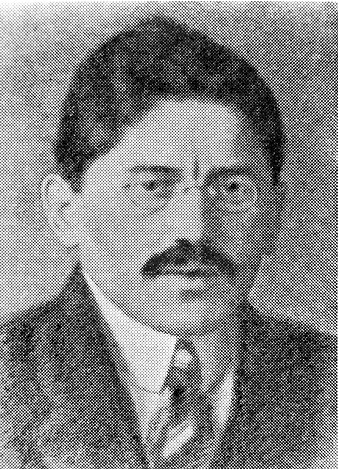
Icchak Giterman — he was working for the Joint after the outbreak of war, first in Vilna, then in Warsaw. He was one of the key sponsors of the Oneg Shabbat; his name appears in the cash book recording receipts and expenses several times. In the ghetto, Giterman lost his wife and son. Even though he had managed to secure a fake Argentinian passport, he decided against going. After the Great Deportation, he continued to organize mutual aid and financially supported the Jewish Fighting Organization. He was executed by the Germans on January 18, 1943. He was 54.
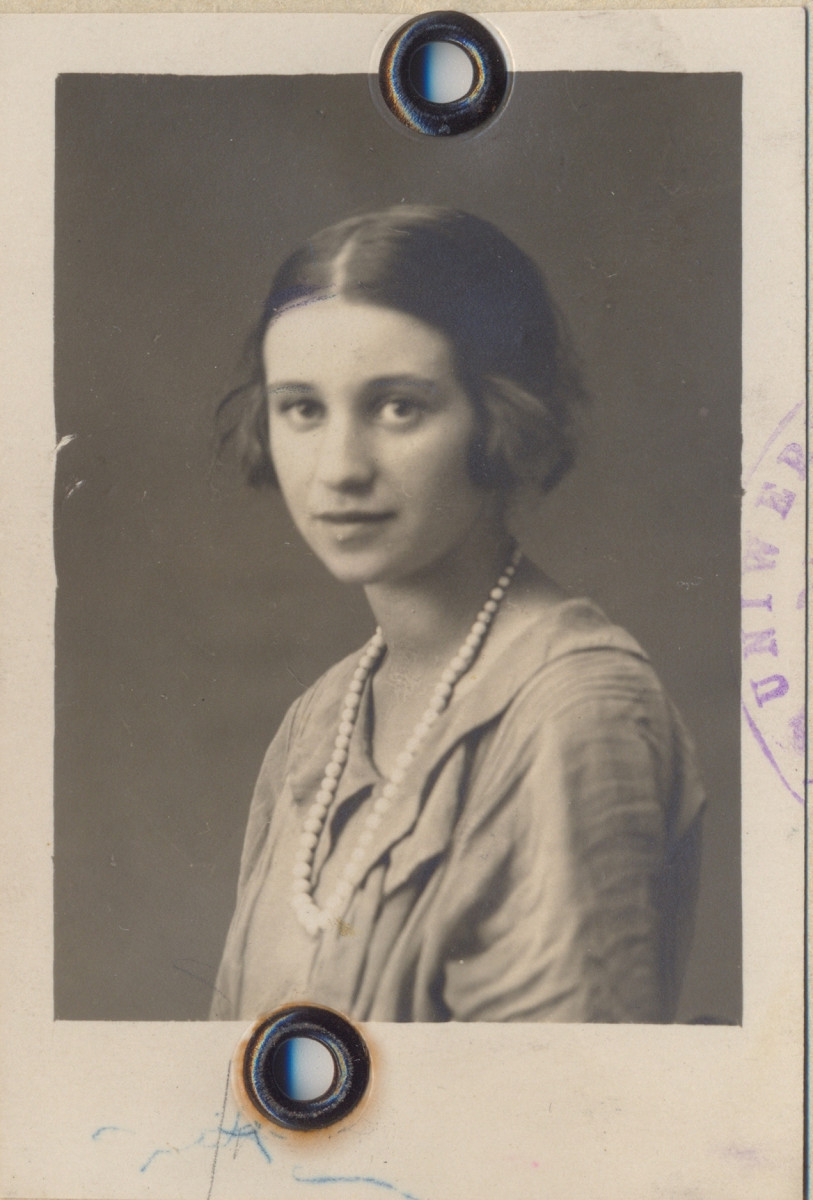
Gustawa Jarecka — for the Archive, she copied documents processed by the Jewish Council office, including Grossaktion statistical data. She has been credited with drafting a shocking report documenting the deportations from the ghetto, The Final Stage of Resettlement Is Death. Marcel Reich-Ranicki, who worked with her at the Jewish Council office, wrote in his memoirs that she turned down a chance to escape because she didn’t want to leave her sons. She probably died with them in the train going to the Treblinka extermination camp in January 1943. She was 35.
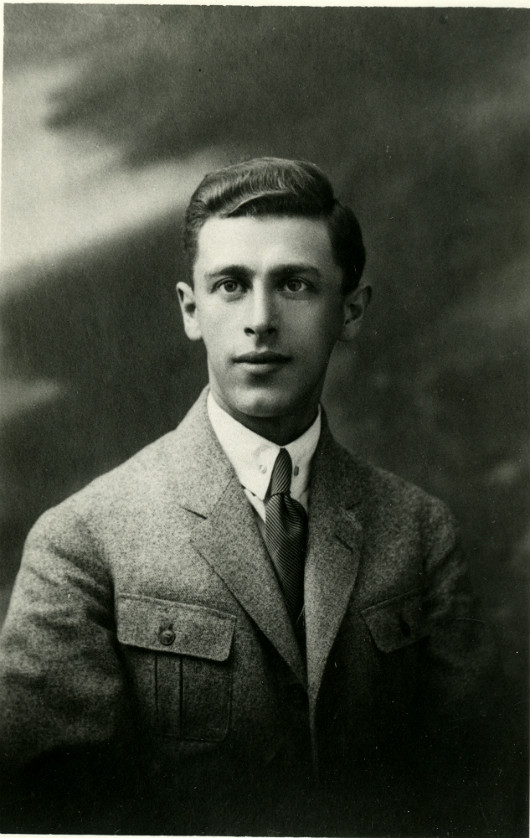
Abraham Lewin — he contributed in particular to the copying of documents. He signed them with the alias “Nowolipie,” from the name of the street on which he lived in the ghetto. He also submitted refugee interviews to the Archive. The most important document he left is his journal, an account of personal catastrophe: the deportation of his beloved wife, Luba, to the Treblinka extermination camp, and his own fear of death. His last diary entry is dated 16 January 1943.
The night before, 20 Jews had been taken from the house in which labor camp survivors lived. They were taken to Rembertów for forced labor. Many Jewish victims have already died there. It is estimated that they arrested 7–8 thousand Poles yesterday, among them 16 Jews. It remains unknown what will happen to them, whether they will be killed or go to prison. Today, an „action” is taking place in the Polish district again. They say that the Gouvernement will have to provide 300,000 workers to Germany. Warsaw alone – 30,000. Both yesterday and today, the arrested people have been taken to the Pawiak prison.
Most likely deported to the Treblinka extermination camp during the January deportation. He was 50.
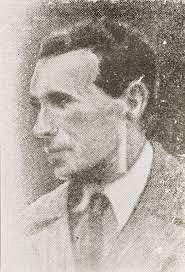
Perec Opoczyński — he did his research in his capacity of postman, a job he probably got through Oneg Shabbat connections. Everyday work walking the streets of the ghetto, watching the nightmarish existence of its inhabitants, became the basis for a series of detailed reportages. In them, he described the life of the tenants of selected houses, the activities of house committees, or street scenes he had witnessed. Probably perished in January 1943. The fate of his wife and son is unknown. He was 50.
Chaskiel Wilczyński — he interviewed refugees and copied documents for the Oneg Shabbat. In the ghetto, he worked as a house supervisor at 43 Ogrodowa Street. Due to this fact, the Archive includes not only his historical studies on the situation of Jews in the early 19th century, but also official documents from his capacity as house supervisor, tenant lists, and work notes. He was killed in January 1943, probably with his wife Karola and daughter Halina. He was 50.
Footnotes:
[1] Barbara Engelking, Jacek Leociak, Getto warszawskie. Przewodnik po nieistniejącym mieście, Wyd. IFiS PAN, Warszawa 2001, s.689.
[2] Emanuel Ringelblum, Kronika getta warszawskiego, Czytelnik, Warszawa 1988, s. 423.
[3] Barbara Engelking, Jacek Leociak, Getto warszawskie. Przewodnik po nieistniejącym mieście, op. cit., s. 711.
[4] Ibidem, s. 720–721.
[5] „Getto walczy” w: Władysław Bartoszewski, Marek Edelman, I była dzielnica żydowska w Warszawie. Wybór tekstów, PWN, Warszawa 2010, s. 252.
[6] Cywia Lubetkin, Zagłada i powstanie, Żydowski Instytut Historyczny, Książka i Wiedza, Warszawa 1999, s.88–89.
[7] Barbara Engelking, Jacek Leociak, Getto warszawskie. Przewodnik po nieistniejącym mieście, op. cit., s. 722.
[8] Ibidem, s. 723.
Bibliography:
Władysław Bartoszewski, Marek Edelman, I była dzielnica żydowska w Warszawie. Wybór tekstów, PWN, Warszawa 2010.
Barbara Engelking, Jacek Leociak, Getto warszawskie. Przewodnik po nieistniejącym mieście, Wyd. IFiS PAN, Warszawa 2001.
Dariusz Libionka, Zagłada Żydów w Generalnym Gubernatorstwie, Państwowe Muzeum na Majdanku, Lublin 2017.
Cywia Lubetkin, Zagłada i powstanie, Żydowski Instytut Historyczny, Książka i Wiedza, Warszawa 1999.
Emanuel Ringelblum, Kronika getta warszawskiego, Czytelnik, Warszawa 1988.